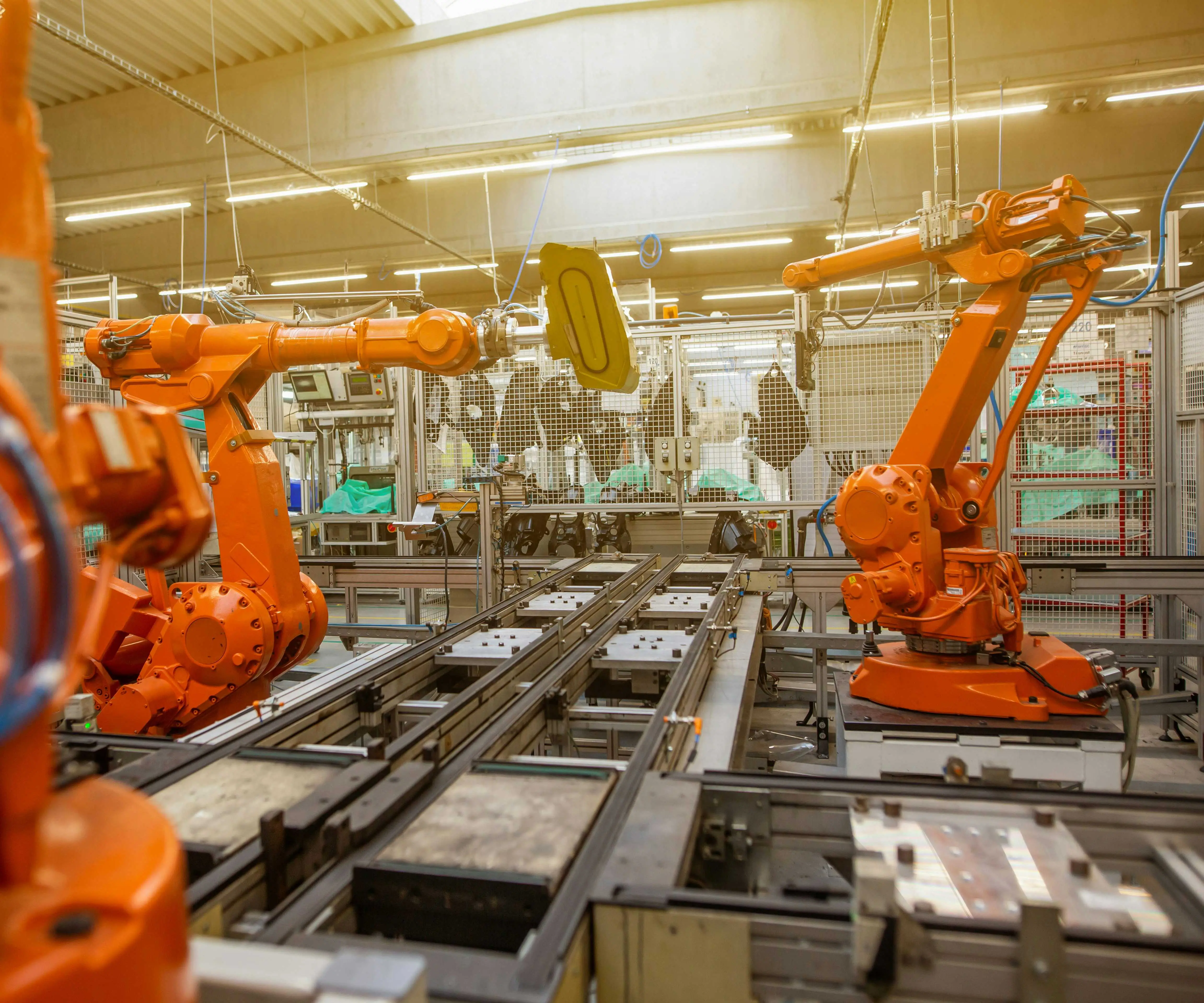In the rapidly evolving world of robotics and automation, the heart of precise movement often lies hidden within intricate mechanical components—most notably, gear systems within servo motors. These seemingly small but vital parts are the unsung heroes that enable devices to perform with remarkable accuracy and reliability. To truly appreciate their significance, one must delve into the fascinating universe of servo motor gear 3D models, where digital design meets real-world engineering.

Imagine a tiny gear, meticulously crafted with hundreds of teeth meshing perfectly with its counterpart, transmitting torque that empowers everything from robotic arms to camera autofocus systems. The creation of these gears begins in the virtual realm—an environment where engineers and designers utilize advanced 3D modeling software to bring complex geometries to life. These models aren’t merely visual representations; they are functional blueprints capable of simulating how gears will interact under various conditions.
The process of developing a servo motor gear 3D model starts with understanding the specific application's demands. Factors like torque, rotational speed, space constraints, and load capacity dictate the gear’s size, shape, and material properties. Engineers leverage CAD (Computer-Aided Design) tools such as SolidWorks, Fusion 360, or AutoCAD to sketch out tooth profiles, validate meshing accuracy, and optimize gear ratios. These models often incorporate intricate details—like tooth tapering, fillet radii, and mounting interfaces—that ensure smooth operation and longevity.
What makes these digital models so indispensable? For starters, they enable virtual testing before a single physical prototype is built. Through finite element analysis (FEA) and motion simulations, designers can anticipate wear patterns, stress concentrations, and potential failure points. This proactive approach minimizes costly trial-and-error phases, accelerates development timelines, and results in superior gear designs.
From an engineering perspective, the versatility of 3D models extends beyond visualization. They can be used for CNC machining, 3D printing, or injection molding. For example, a gear designed digitally can be directly exported into manufacturing machines, ensuring high precision in the final product. Additive manufacturing, in particular, has opened new horizons for creating complex gear geometries—like internal channels or lattice structures—that traditional methods can't achieve.
Moreover, the importance of realistic 3D models extends to educational and collaborative environments. Students and seasoned engineers alike can explore detailed servo motor gears, understanding the nuances of gear tooth design, gear ratio calculations, and the influence of material choices. Open-source repositories and online 3D model libraries now provide an abundance of downloadable models, fostering innovation and knowledge sharing across global communities.
But what about the aesthetic and ergonomic appeal? In consumer electronics and robotics, the visual design of gear systems can influence user experience. Clear, detailed 3D models help create transparent or decorative gear covers, showcasing craftsmanship and engineering prowess to end-users—bridging the gap between function and form.
The integration of 3D printed servo motor gears based on these models is a game-changer. Rapid prototyping allows for quick iterations, enabling developers to test different gear configurations in real-world scenarios. With advances in materials like reinforced nylon, carbon fiber composites, and metal-infused filaments, 3D-printed gear prototypes are increasingly durable, high-performing, and cost-effective.
As the demand for miniaturization and precision grows, the role of intricate 3D models becomes even more vital. In sectors like aerospace, medical devices, and high-end robotics, micro-gears designed through meticulous digital modeling ensure that devices operate flawlessly at minuscule scales. Their accuracy not only improves performance but also pushes the boundaries of what's technologically possible.
Looking ahead, the future of servo motor gear 3D modeling promises even more exciting developments. Integration of artificial intelligence (AI) and generative design algorithms can assist in creating optimized gear geometries that maximize strength while minimizing weight. Multi-material 3D printing could enable the production of gears with variable stiffness or damping properties, further enhancing the capabilities of servo motors.
In essence, the journey from digital blueprint to physical component underscores the transformative power of 3D modeling in engineering. Whether refining a tiny gear for a surgical robot or developing large gears for industrial automation, these virtual models serve as the blueprint of innovation—unlocking new levels of precision, efficiency, and creativity.
Let's move on to the second part, where we'll explore real-world applications, ongoing innovations, and the future landscape of servo motor gear 3D models.
Kpower has delivered professional drive system solutions to over 500 enterprise clients globally with products covering various fields such as Smart Home Systems, Automatic Electronics, Robotics, Precision Agriculture, Drones, and Industrial Automation.




































